June 20, 2025
Exploring 30 Historical Places in Mumbai
CM Content Team

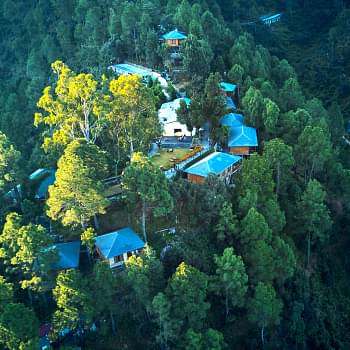
View all
140+
Resorts
June 20, 2025
CM Content Team
Mumbai, India’s financial capital, is a city layered with centuries of history, architecture, and culture. From the grand colonial-era buildings to the ancient rock-cut temples the historical places in Mumbai offer a fascinating glimpse into the past.
Whether you’re a traveller drawn to heritage sites, a student of architecture, or simply curious about the city's evolution, these monuments are more than just photo ops—they’re living chronicles. From the iconic Gateway of India and UNESCO-listed CST station to hidden gems like Banganga Tank and Mandapeshwar Caves, every corner has a story.
In this blog, we’ve curated the 30 best historical places in Mumbai, covering ancient, colonial, religious, and hidden treasures so you can plan your next heritage walk with purpose and excitement.

Standing tall along the waterfront, the Gateway of India is one of the most iconic historical places in Mumbai. Built to commemorate the arrival of King George V and Queen Mary, this monument marked the ceremonial entrance to British India. Ironically, it was also the departure point of British troops in 1948. Its grand arches and basalt construction reflect Indo-Islamic and European influences—making it a must-visit for architecture lovers and history enthusiasts alike.

A UNESCO World Heritage Site, CST (formerly Victoria Terminus) is a masterpiece of Victorian Gothic architecture infused with Indian craftsmanship. Designed by Frederick William Stevens, the structure is famed for its gargoyles, turrets, stained glass, and massive central dome. As one of India’s busiest railway stations, it’s where history and hustle collide—literally.
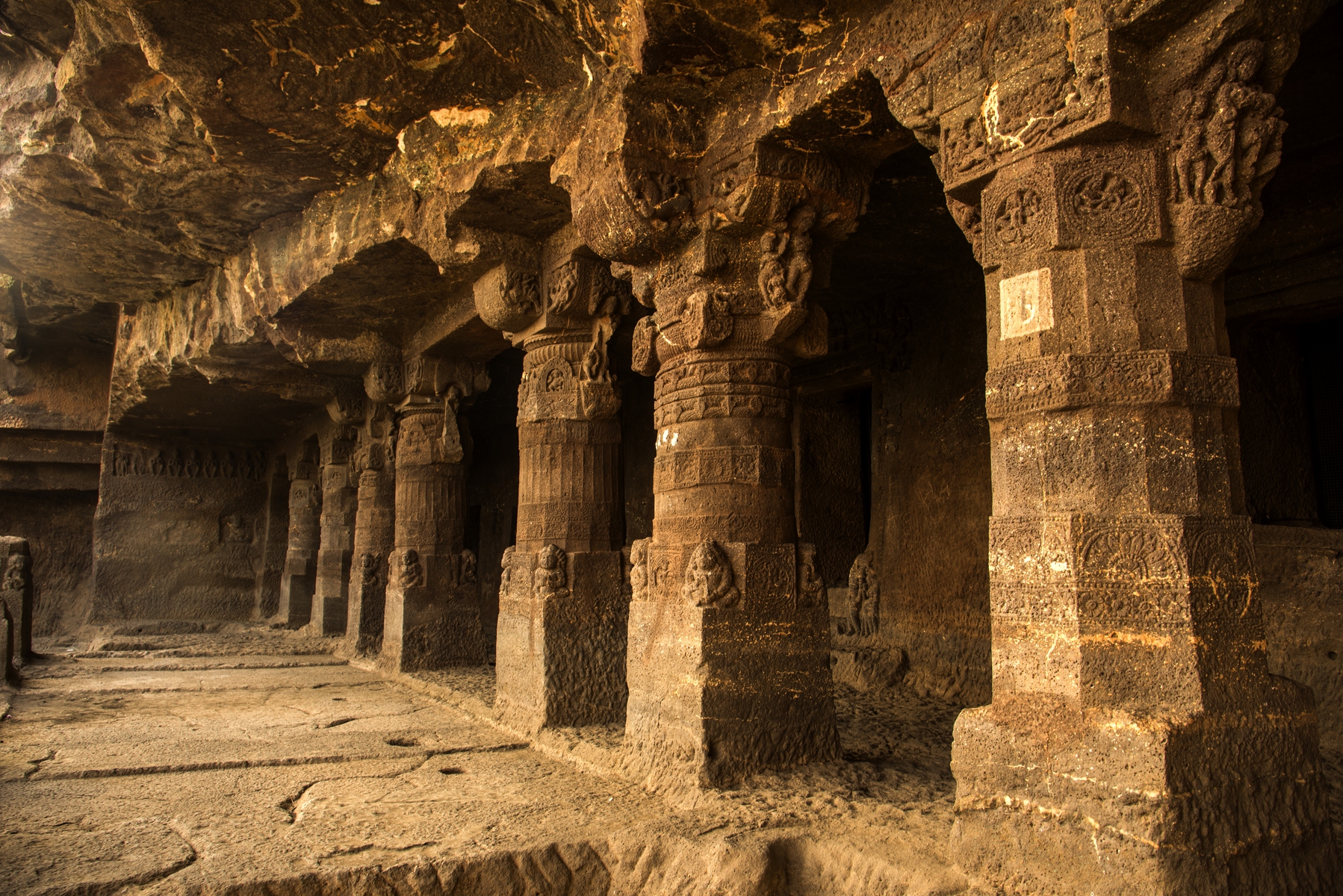
Located on Elephanta Island, these rock-cut caves are dedicated to Lord Shiva and are among the oldest historical places in Mumbai. The main attraction—the majestic Trimurti sculpture—stands 20 feet tall, depicting Shiva in his three cosmic forms. The serenity of the island and the ancient aura make this an unforgettable day trip for culture seekers.
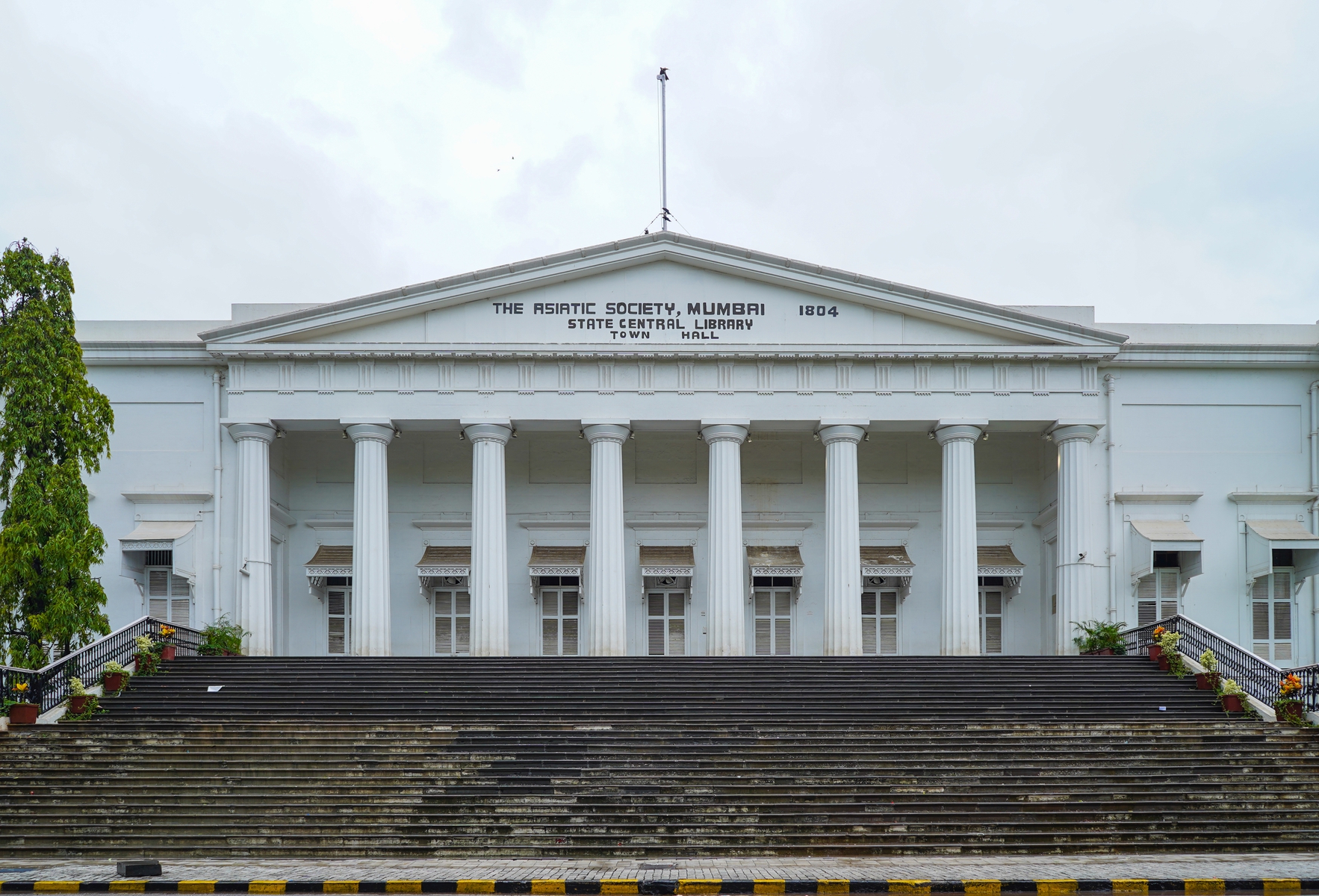
With its white stone steps, Greco-Roman pillars, and vast collection of rare books and manuscripts, the Asiatic Society of Mumbai is a treasure trove of knowledge. It houses over 100,000 books, including the original manuscript of Dante’s Divine Comedy. Perfect for history buffs, researchers, and architecture lovers alike.

A serene stepwell surrounded by stone temples and shrines, the Banganga Tank is steeped in myth and history. According to legend, Lord Rama shot an arrow (baan) into the ground, creating a freshwater spring—hence the name “Banganga.” Adjacent lies the Walkeshwar Temple, a spiritual haven amidst Mumbai’s upscale neighborhoods.

The Rajabai Clock Tower is a visual marvel and one of the most elegant historical monuments in Mumbai. Modeled after London’s Big Ben, this 280-foot tower was designed by Sir George Gilbert Scott. Funded by stockbroker Premchand Roychand, it was named after his mother, Rajabai, and originally served as a library bell tower for Mumbai University.
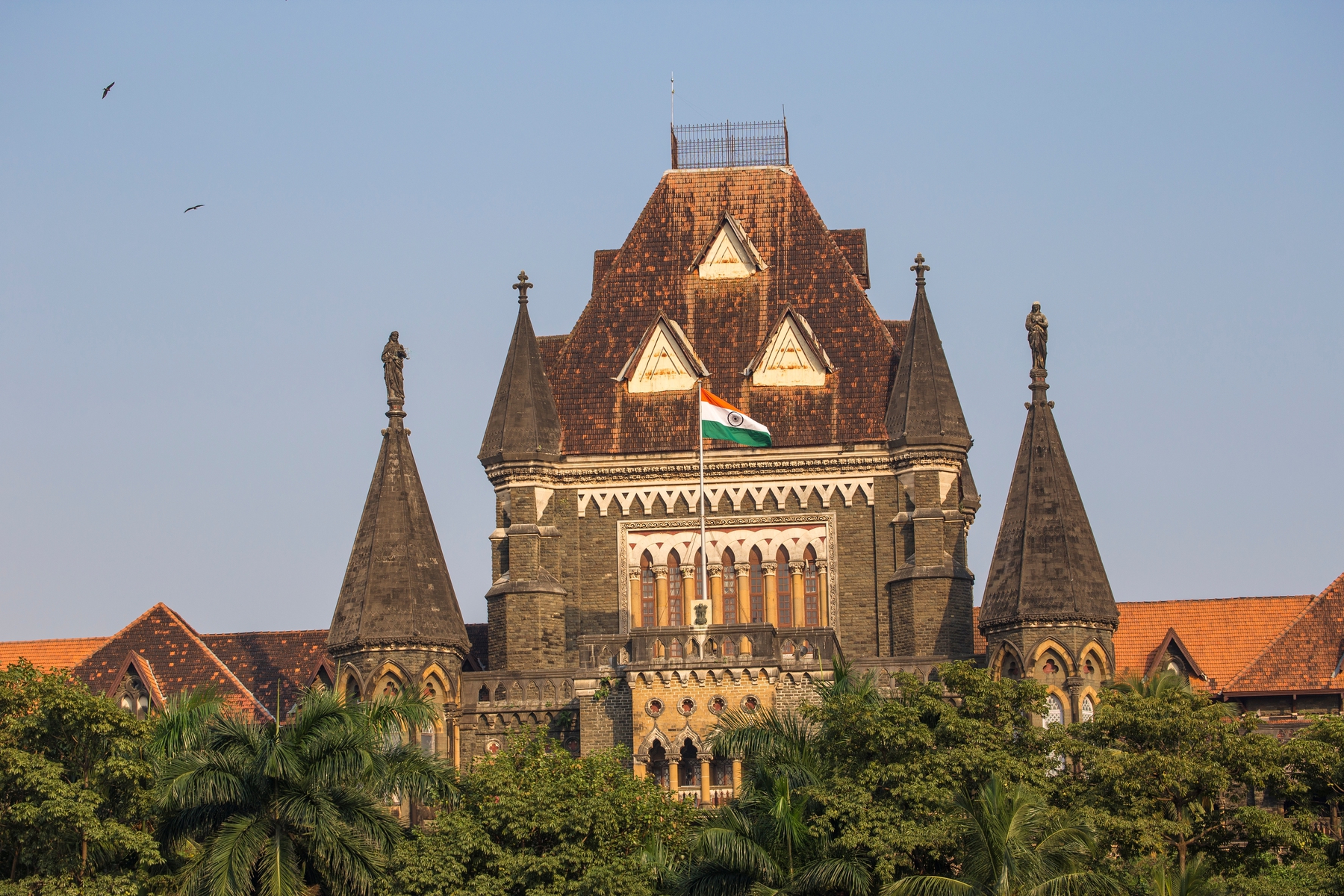
The Bombay High Court is among the oldest high courts in India and a brilliant example of Gothic Revival architecture. Its spires, stained glass windows, and statues of Justice add character to Mumbai’s colonial skyline. While entry inside is restricted, the façade alone is worth a visit during a heritage walk in South Mumbai.
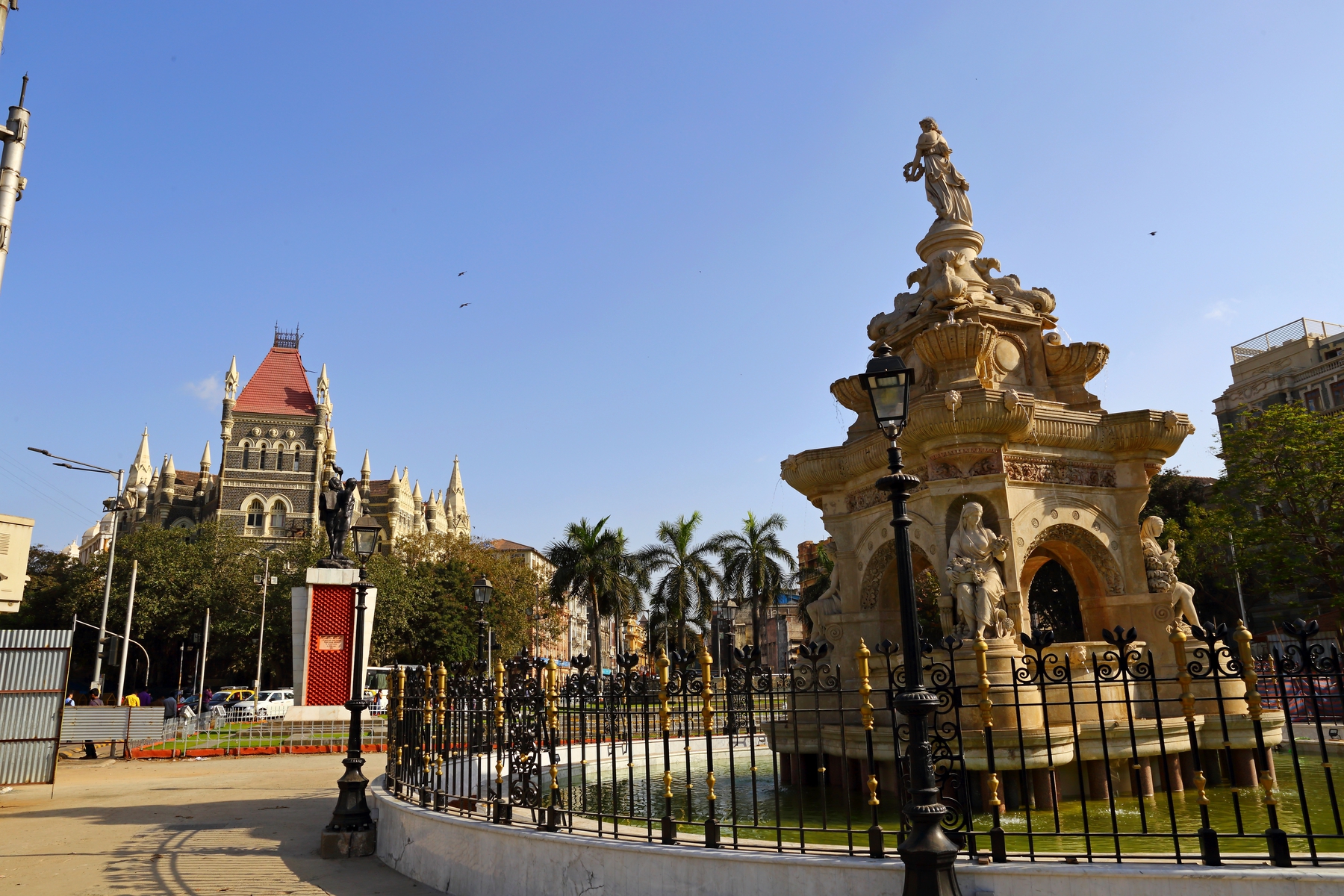
Flora Fountain is a beautifully carved stone monument that represents the Roman goddess Flora, marking Mumbai’s transition into a modern city in the 19th century. Located at Hutatma Chowk, the site also commemorates the martyrs of the Samyukta Maharashtra Movement with an eternal flame.

A gem for book lovers and architecture fans, the David Sassoon Library is one of Mumbai’s oldest libraries, known for its arched windows and wooden interiors. Built with funds from the philanthropist David Sassoon, this heritage structure also has a charming garden open to the public.

Located just outside Mumbai, the Bassein Fort (Vasai Fort) is a sprawling structure once under Portuguese rule. It’s a scenic, quiet spot filled with stone archways, ruined churches, and remnants of colonial life. A great weekend escape for both history and photography lovers.
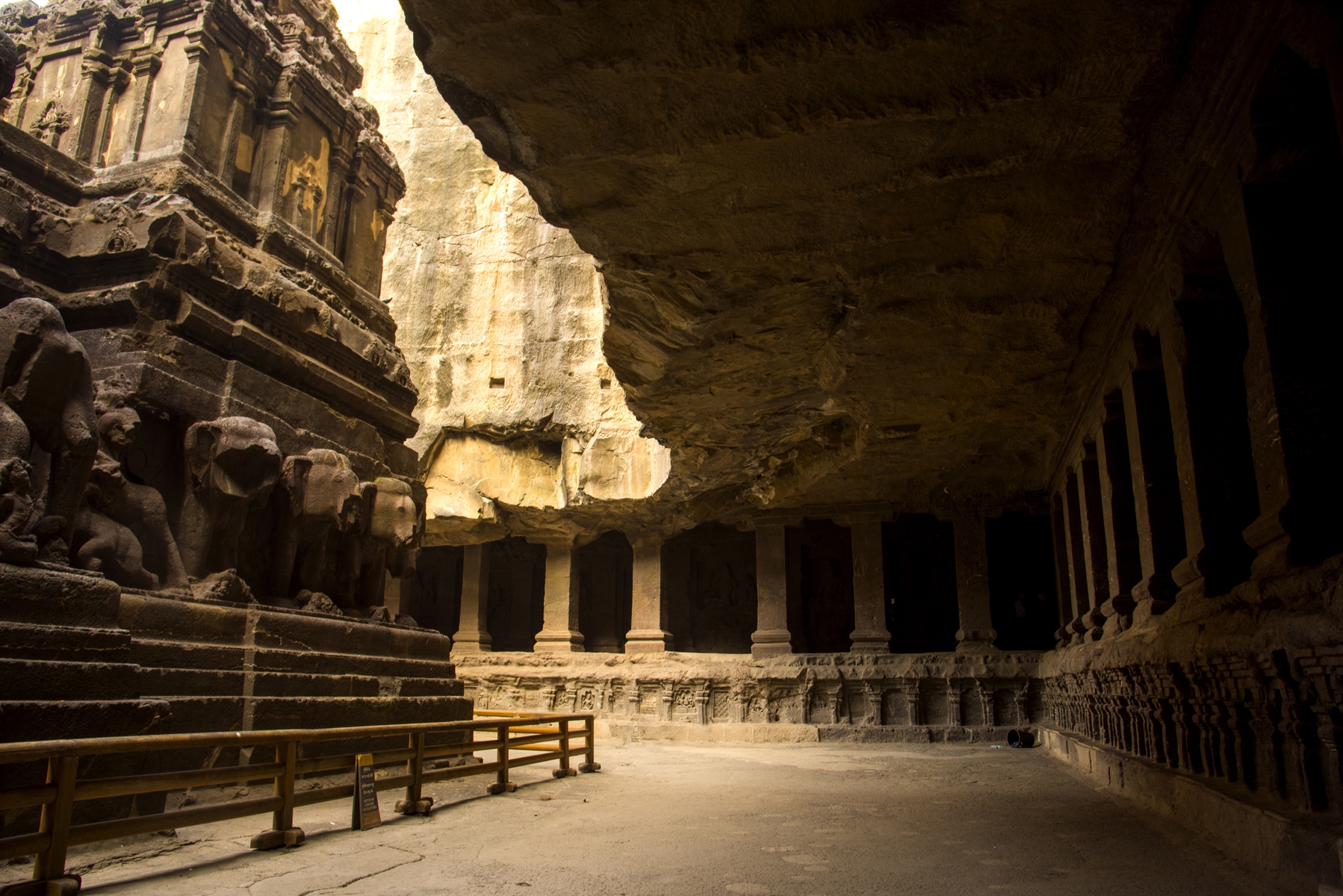
Carved from basalt rock, the Mahakali Caves are a set of 19 ancient Buddhist caves used by monks for meditation and living. These lesser-known caves offer inscriptions, stupas, and sculptures of Lord Buddha. Tucked away in the urban jungle of Andheri, they provide a rare peek into Mumbai’s ancient Buddhist roots.
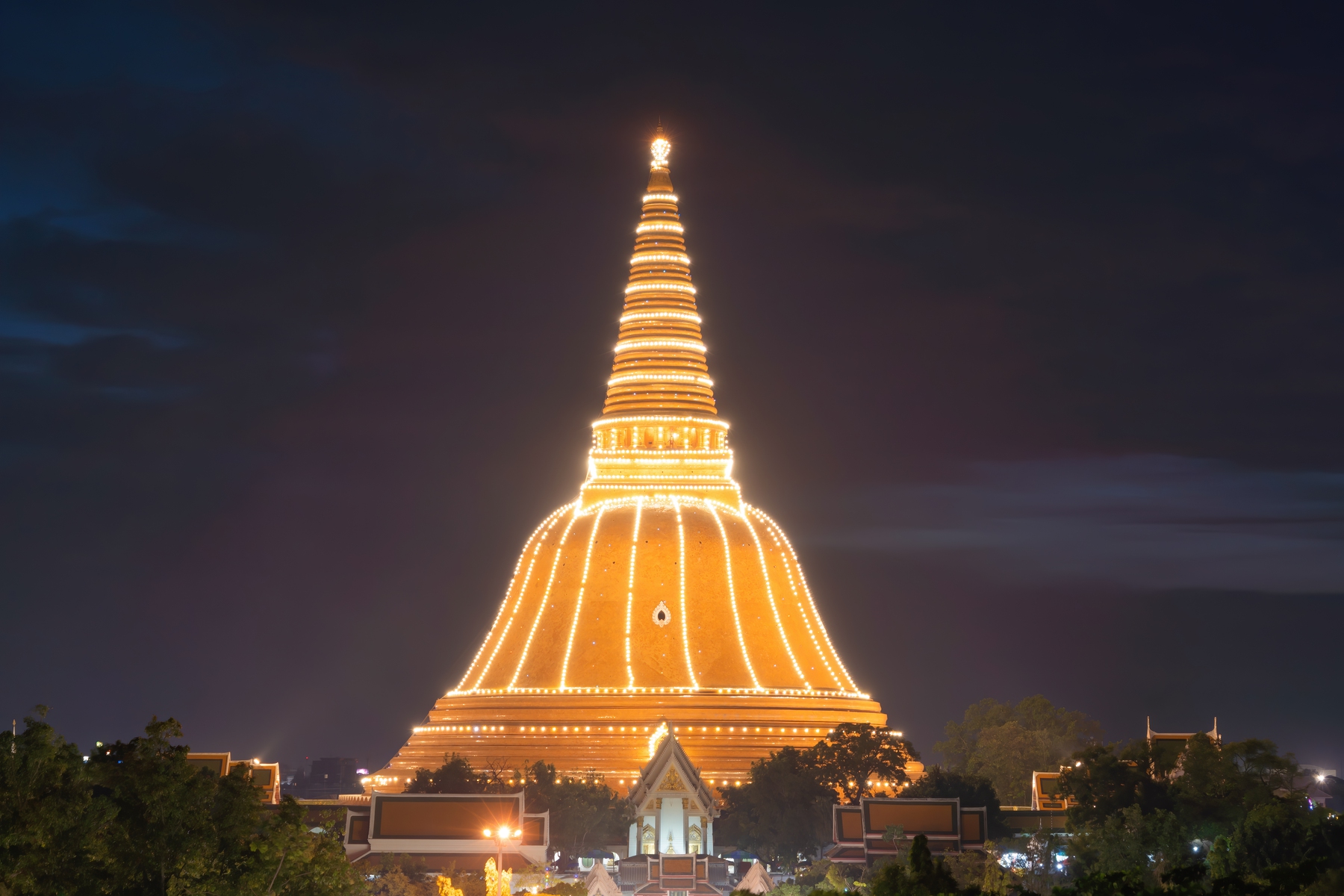
While relatively new, the Global Vipassana Pagoda is already a landmark in Mumbai’s cultural heritage. Built as a symbol of peace and meditation, it features the world’s largest stone dome constructed without supporting pillars. Its tranquil setting and spiritual ambience make it an inspiring detour.

The St. Thomas Cathedral is Mumbai’s oldest Anglican church and the first structure built by the British in Bombay. Its polished interiors, wooden pews, and historical memorials reflect the city’s early colonial presence. It also marks the zero point of the city—where distances are measured from.

Often mistaken as a government building, the Town Hall is home to the Asiatic Library and is one of the most photographed colonial structures in Mumbai. The iconic white stairway, massive Corinthian columns, and historical archives make this a centrepiece of South Mumbai heritage.
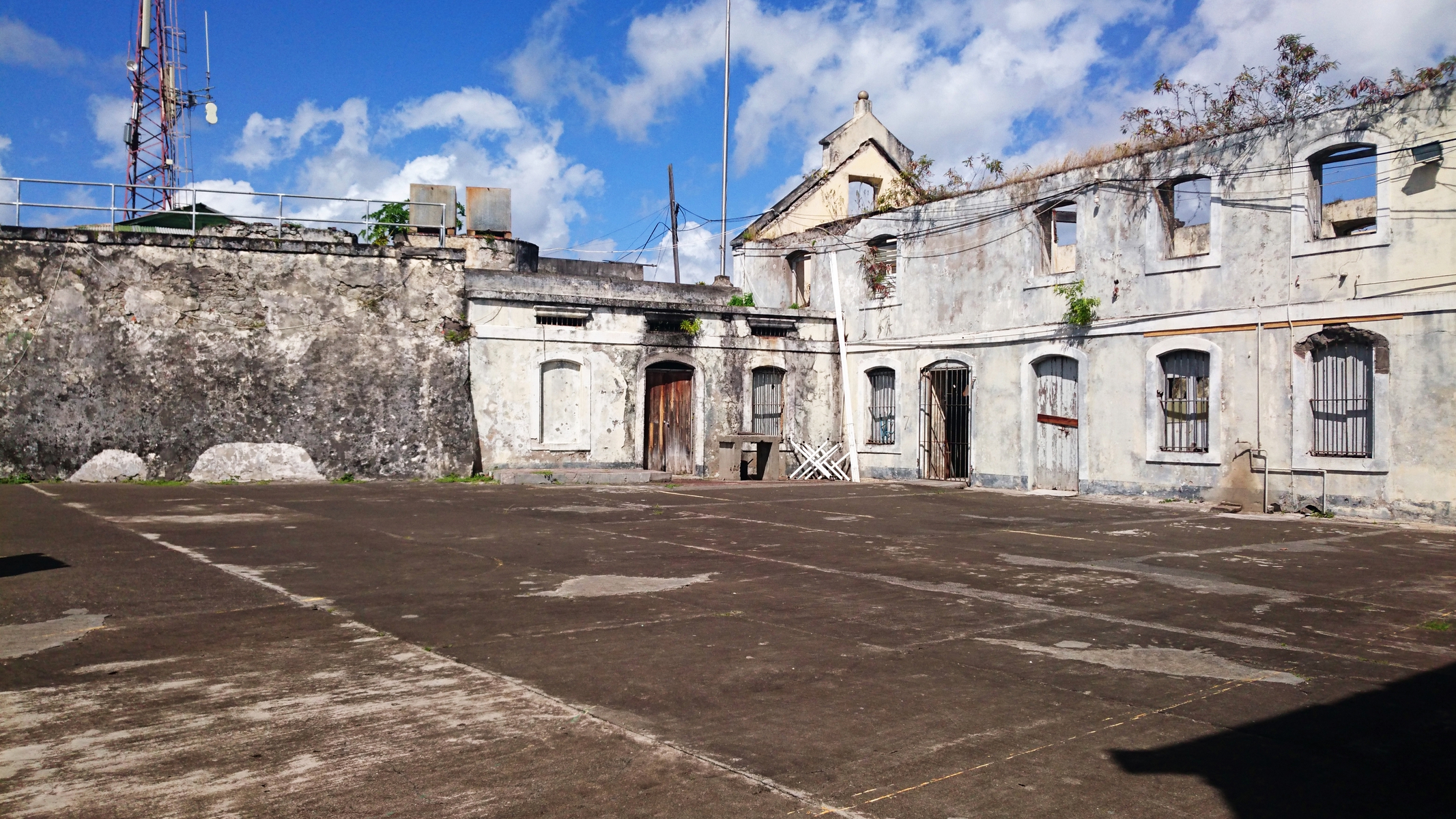
Once a major British stronghold, Fort George is now mostly in ruins but holds deep historical significance. Built to strengthen British defences, it formed the heart of what was once called the “Fort Area” in Bombay. Though not a touristy spot, it’s a meaningful stop for urban explorers and history geeks.
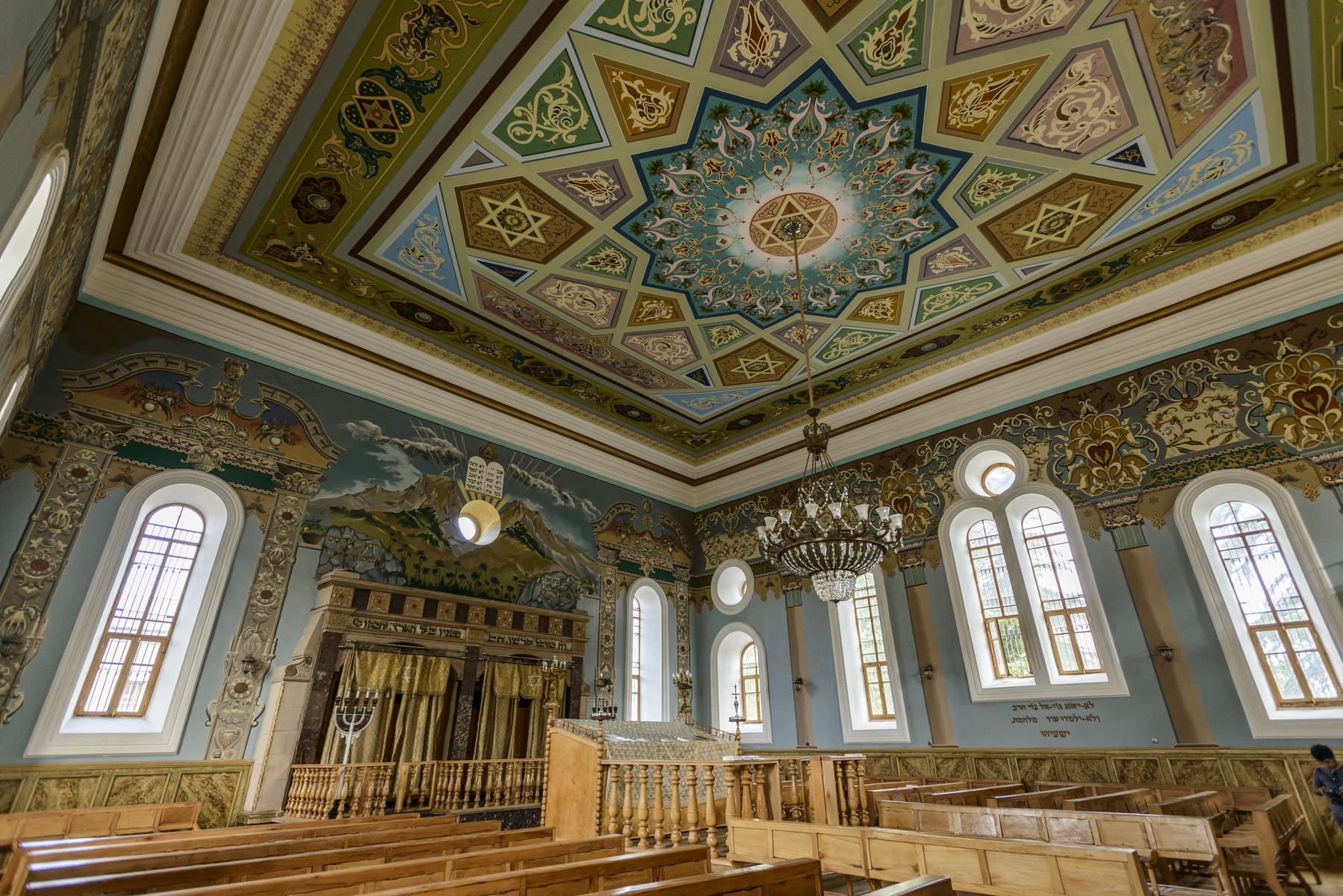
A striking powder-blue structure nestled in Kala Ghoda, the Keneseth Eliyahoo Synagogue is Mumbai’s second-oldest synagogue and a lesser-known historical gem. Built by the affluent Sassoon family, it features ornate stained glass, grand chandeliers, and a rich legacy of Mumbai’s Jewish community.
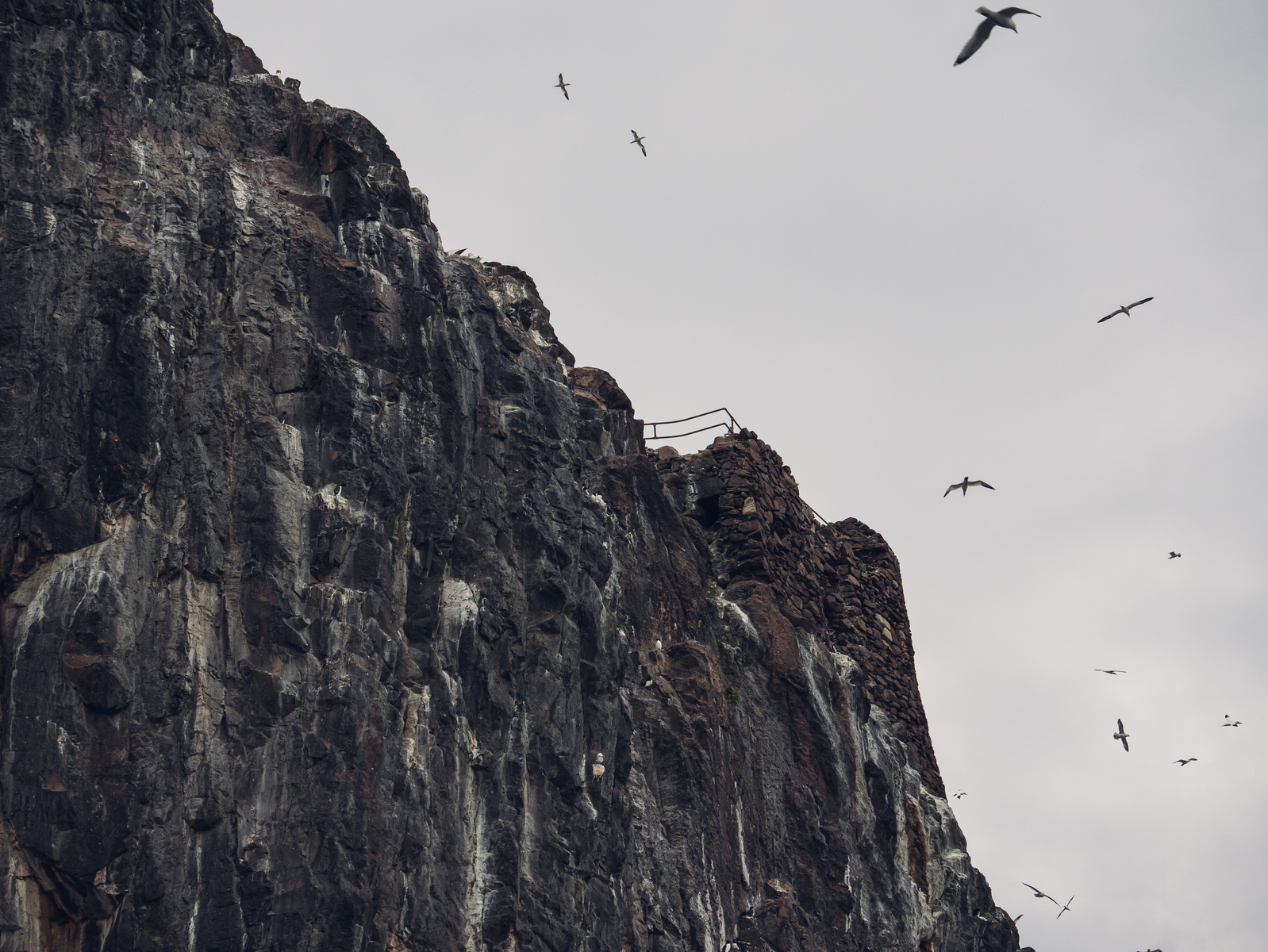
Rising dramatically 200 feet above ground, Gilbert Hill is a volcanic basalt rock column—one of only two such formations in the world. A protected monument, it also houses small temples atop and offers panoramic views of suburban Mumbai. A perfect blend of geology and spirituality.
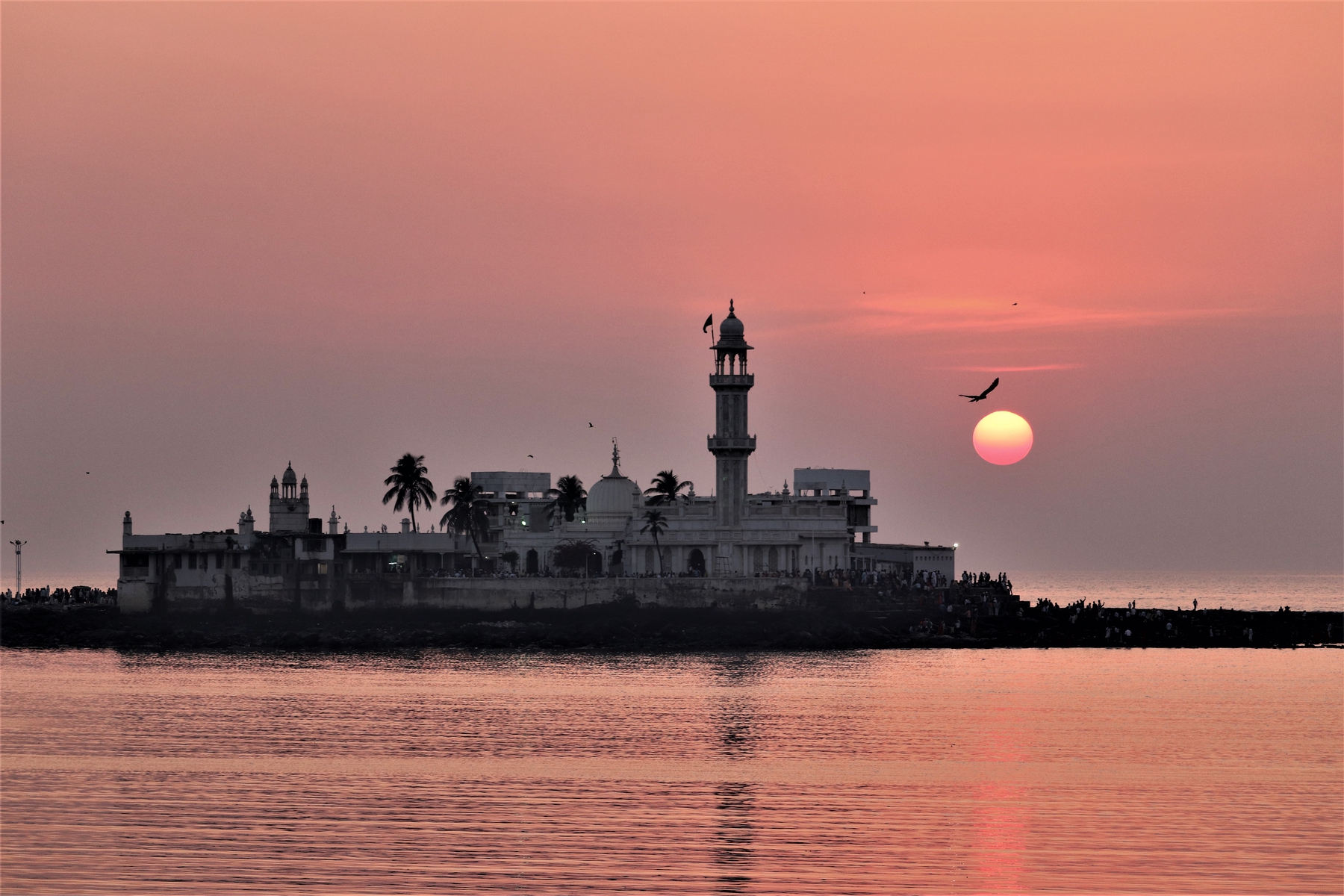
Standing in the middle of the Arabian Sea and accessible only during low tide, the Haji Ali Dargah is one of Mumbai’s most iconic religious sites. The white marble mosque houses the tomb of Sufi saint Pir Haji Ali Shah Bukhari and is a spiritual destination for people of all faiths.
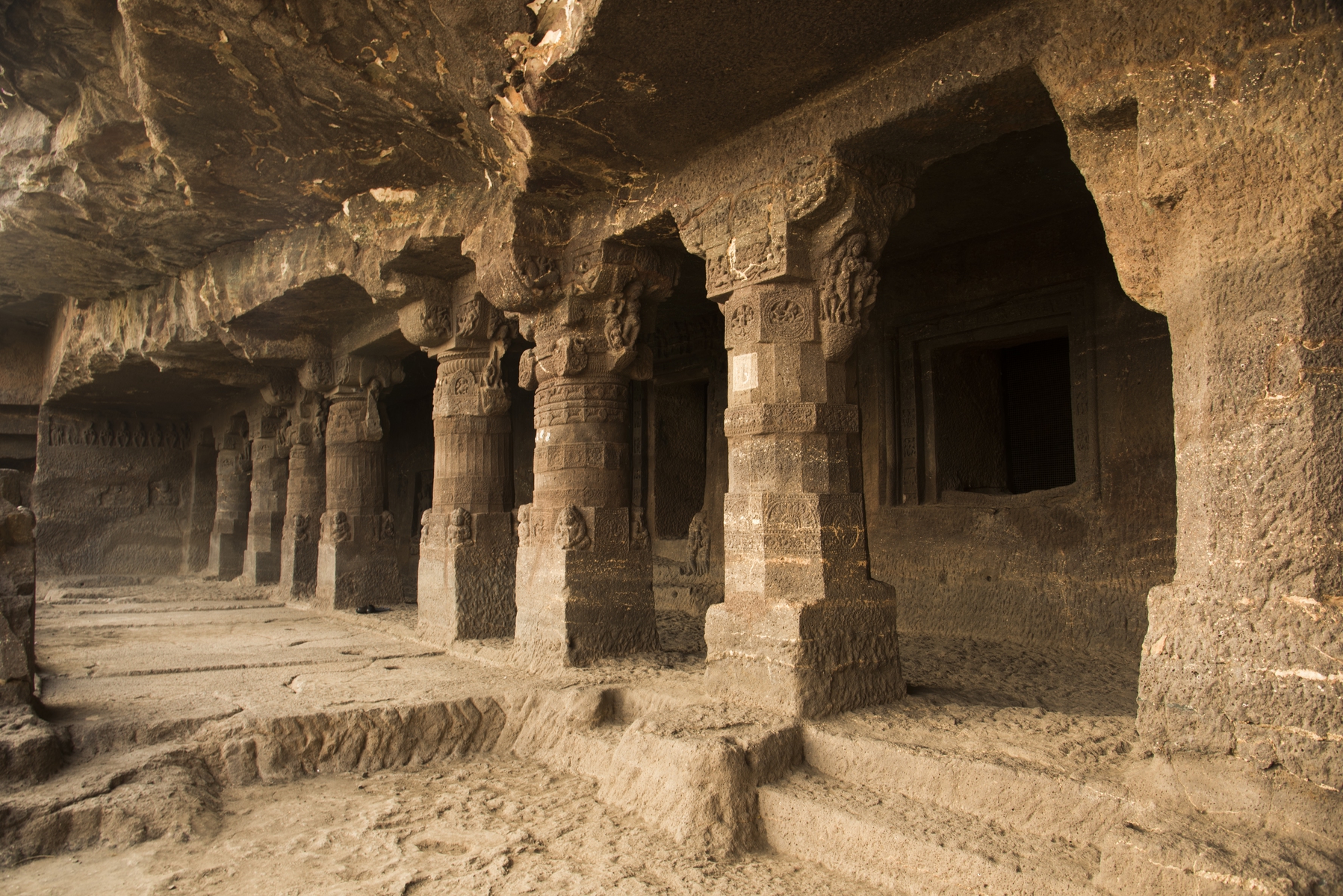
Tucked between modern apartments in Borivali, the Mandapeshwar Caves are ancient rock-cut caves with Shaivite carvings and sculptures. Though lesser-known, these caves reflect a rare fusion of Hindu and Christian influences, as they were used by Portuguese monks centuries later.
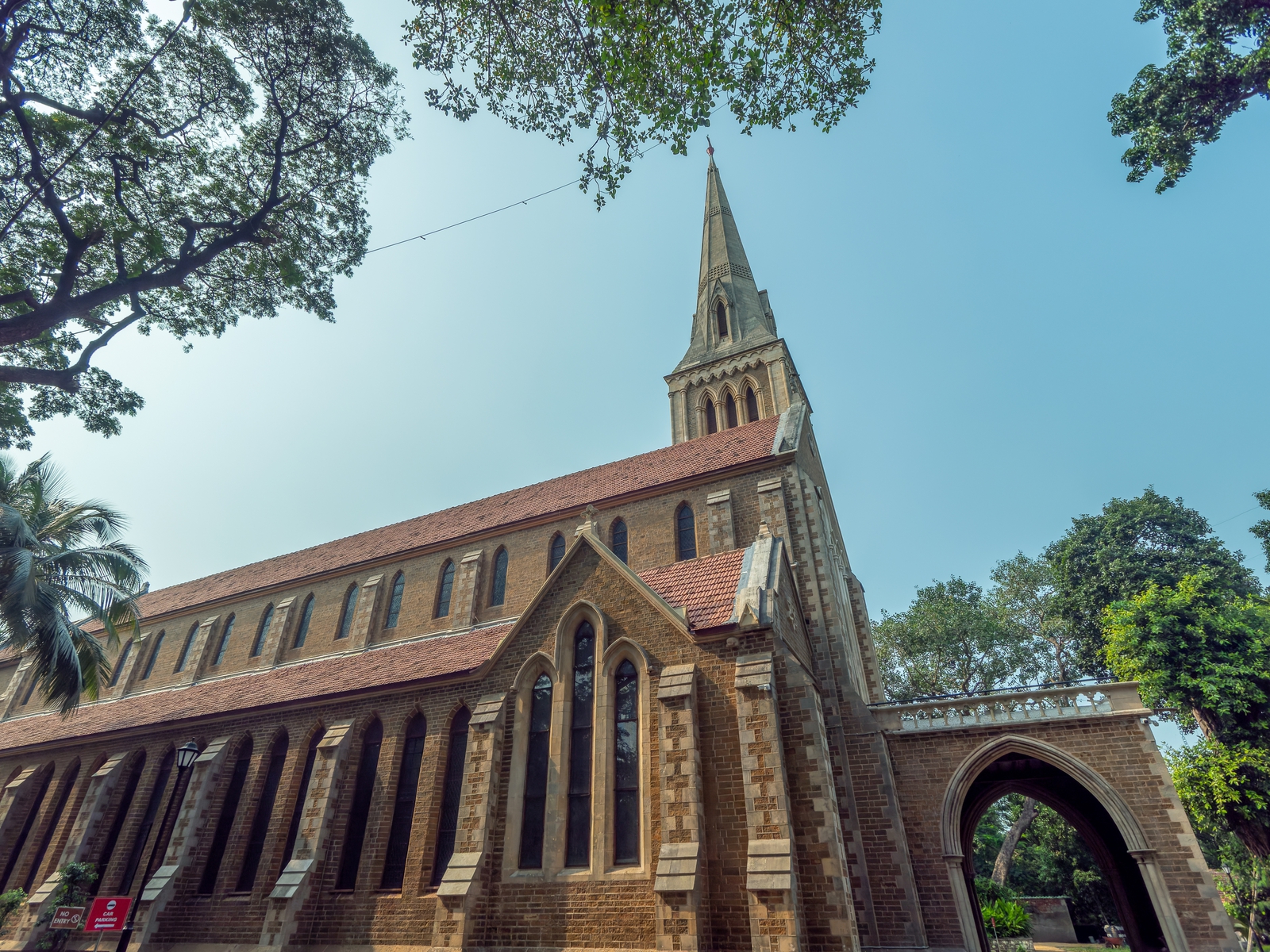
Built in memory of the soldiers who died in the First Afghan War, the Afghan Church is a solemn and serene structure with stunning stained-glass windows and a 198-foot-high bell tower. It remains a poignant reminder of British-era military campaigns and is still active for Sunday mass.
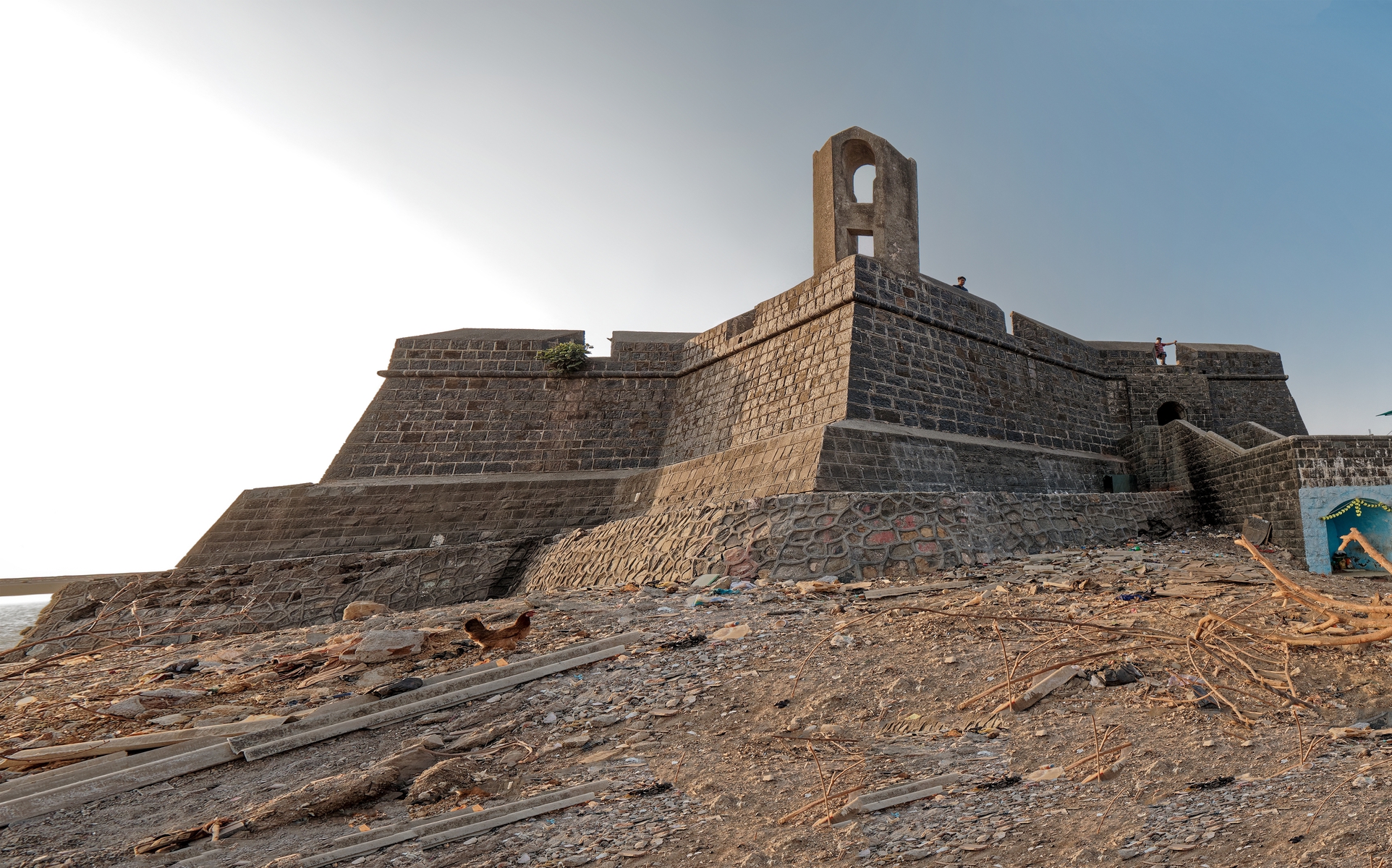
Perched at the edge of the Arabian Sea, Worli Fort is a small but scenic bastion built by the British for coastal surveillance. Though in ruins today, the fort offers panoramic views of the Bandra-Worli Sea Link and is surrounded by the traditional Koli fishing village—giving visitors a mix of history and local culture.
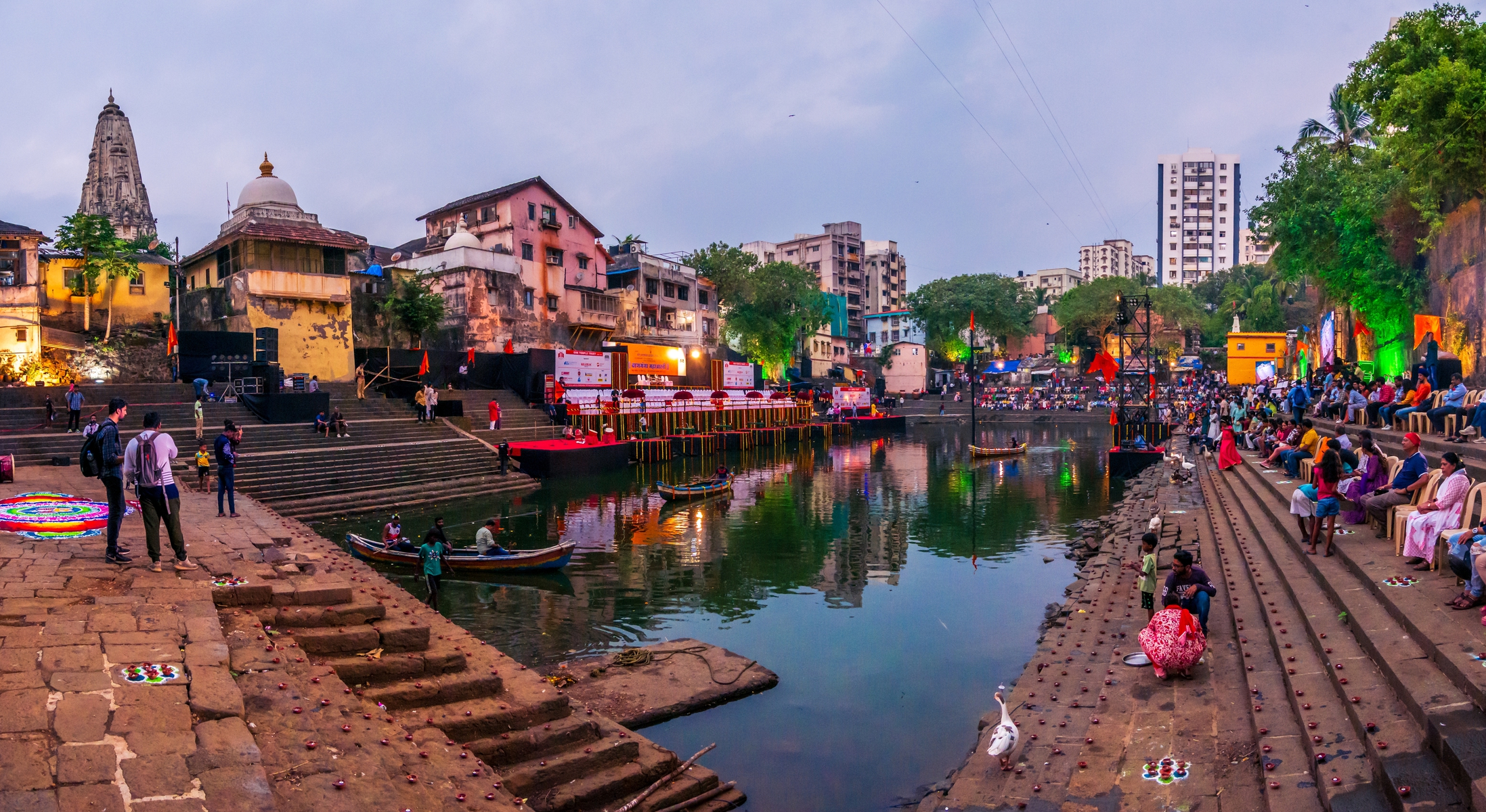
Located near the sacred Banganga Tank, the Walkeshwar Temple is dedicated to Lord Shiva and associated with the Ramayana legend. The area includes multiple shrines, stone carvings, and traditional rituals, making it one of the most spiritual historical places in Mumbai.
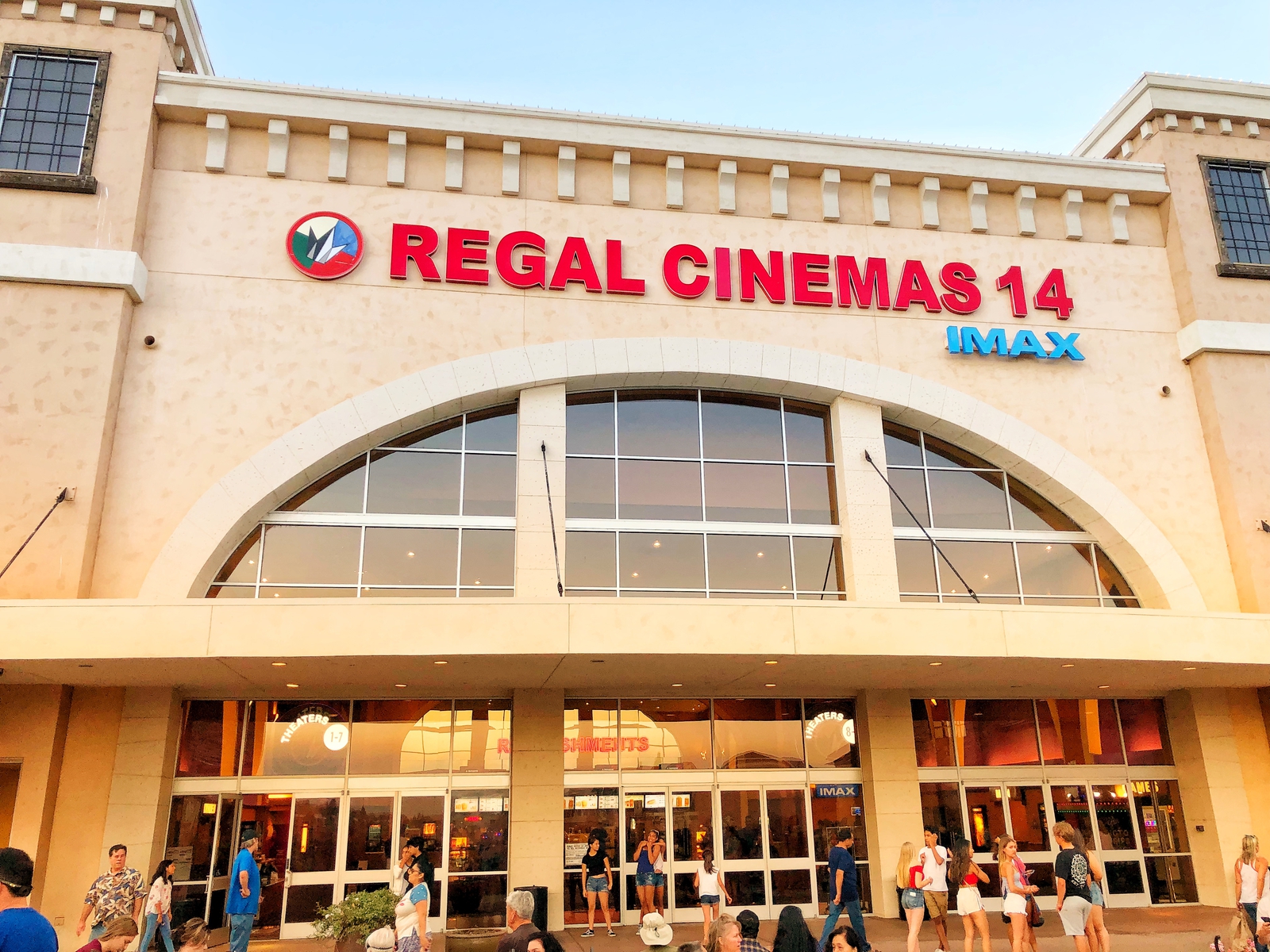
Regal Cinema is one of Mumbai’s earliest and most iconic Art Deco theatres. It played a key role in defining the city’s cinematic culture and still functions today, preserving its 1930s vibe. Recognized as part of Mumbai’s Art Deco ensemble—now a UNESCO World Heritage Site—Regal is history you can sit in and enjoy.
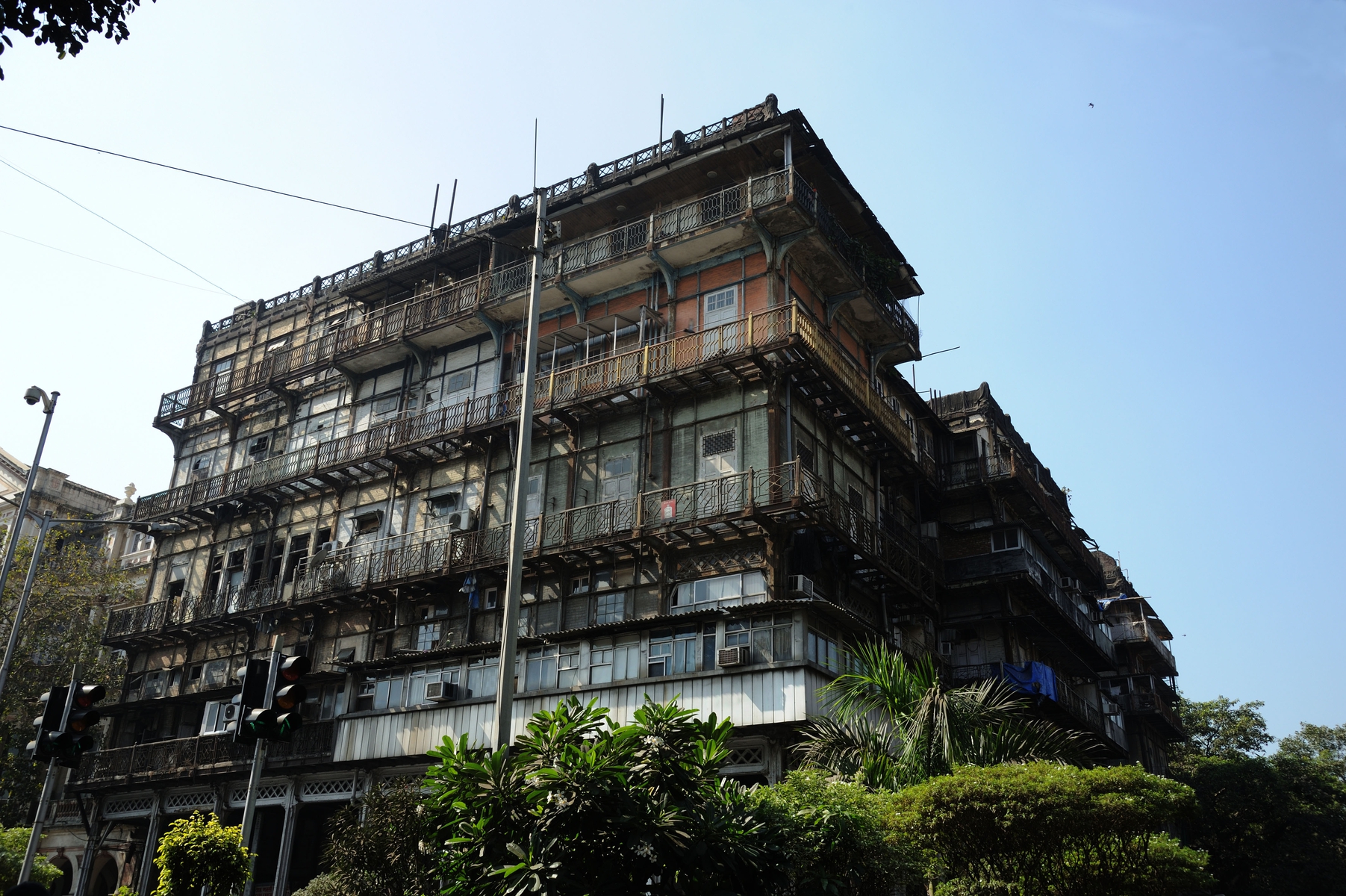
Once the grand Watson’s Hotel, this decaying iron-frame structure was where India’s first film screening occurred in 1896, attended by the British elite. Though now dilapidated, it remains a haunting symbol of Bombay’s colonial high society and architectural experimentation.
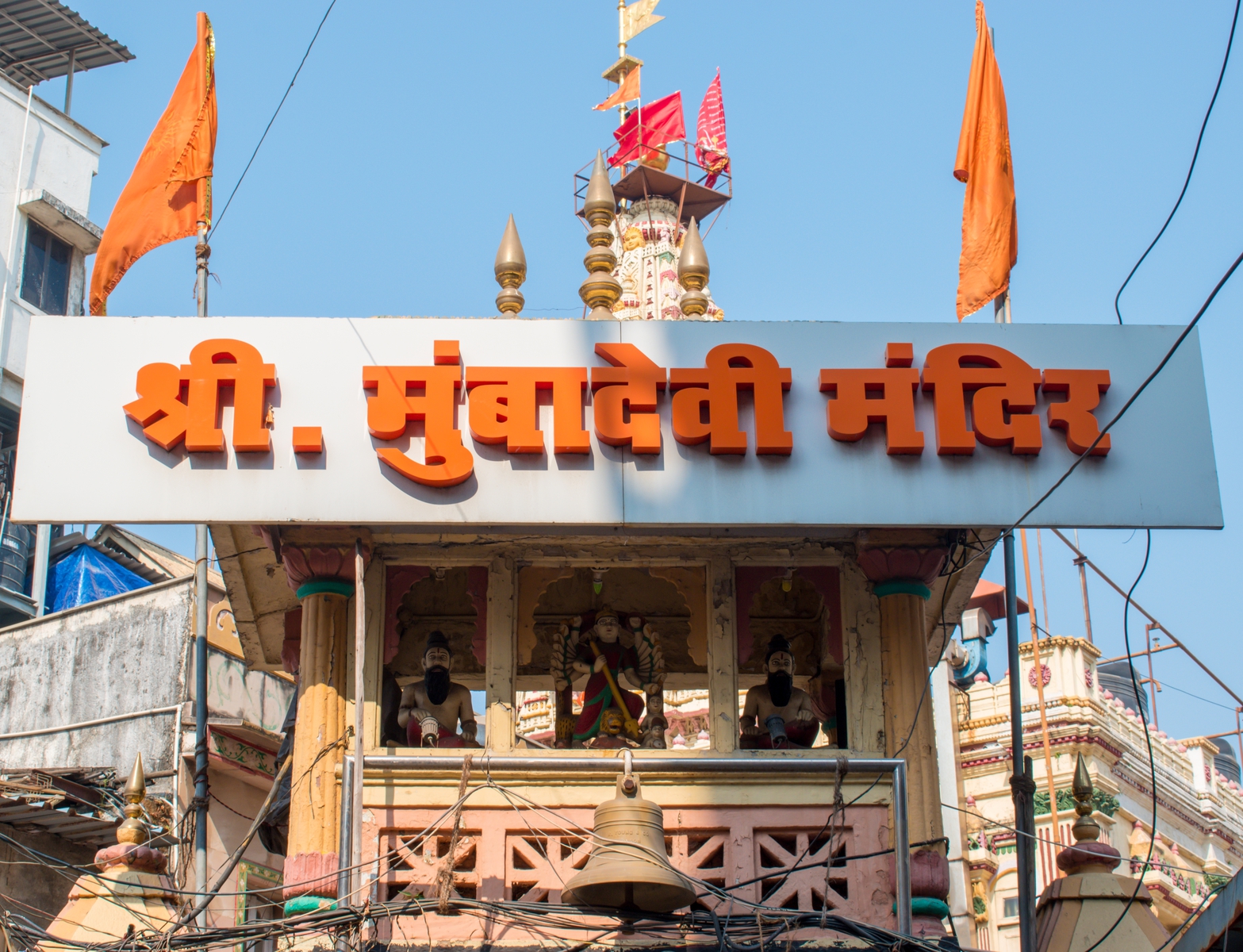
Dedicated to the city’s presiding deity, Mumba Devi Temple is believed to be the origin of Mumbai’s name. Tucked in the bustling lanes of South Mumbai’s jewellery market, it draws devotees and curious tourists alike, blending spirituality with local commerce and tradition.
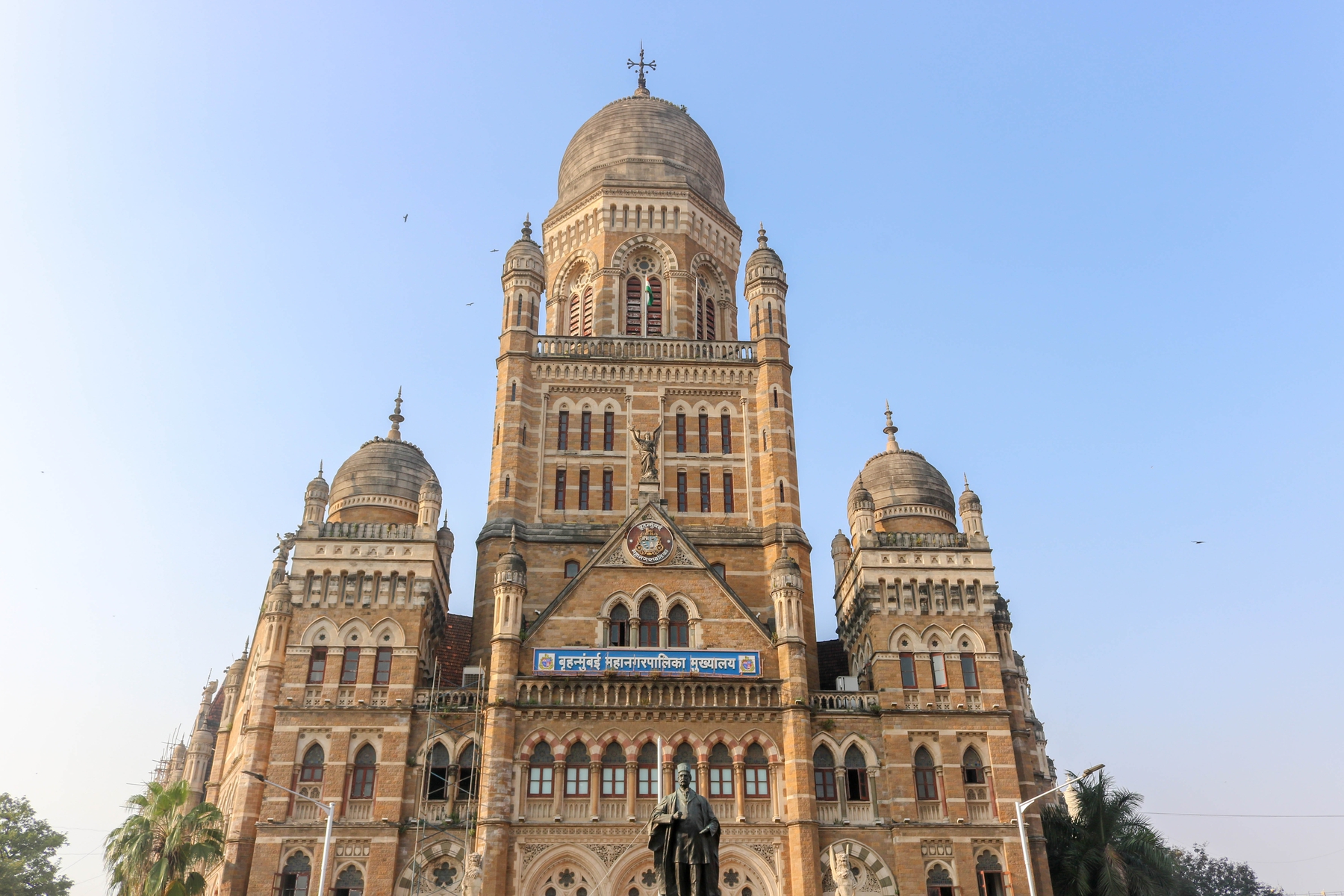
An architectural marvel standing tall opposite CST station, the BMC Building is one of Mumbai’s most imposing historical structures. Designed by Frederick William Stevens, the same architect behind CST, the structure features Gothic spires, stained glass, and intricate detailing that continues to awe passersby.
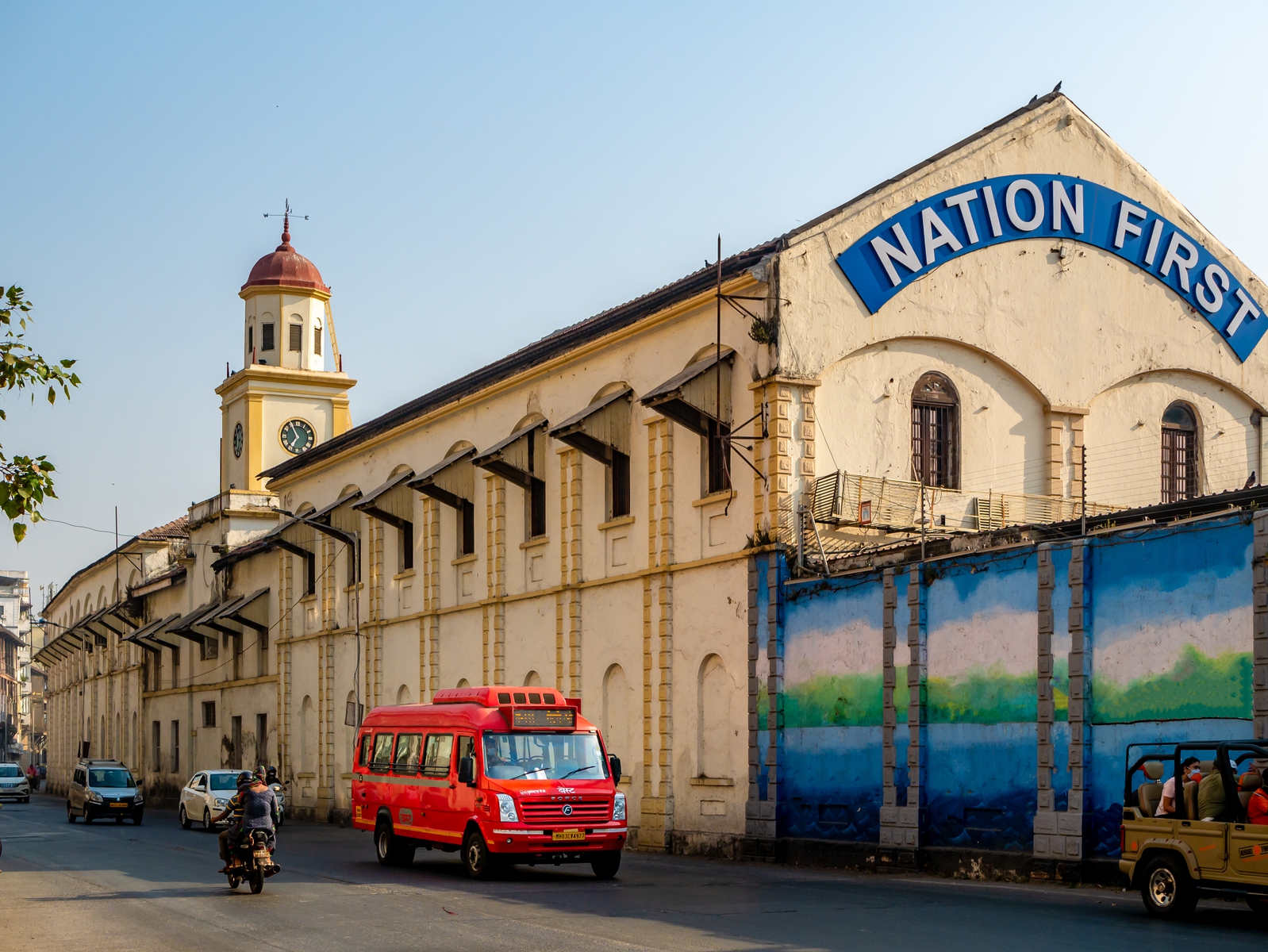
India’s naval strength traces its roots to the Bombay Dockyard, built during colonial times to serve the British Royal Navy. Though restricted, its legacy is crucial to understanding Mumbai’s evolution as a maritime powerhouse. The Wadia Dock is still operational, making it a rare blend of history and utility.
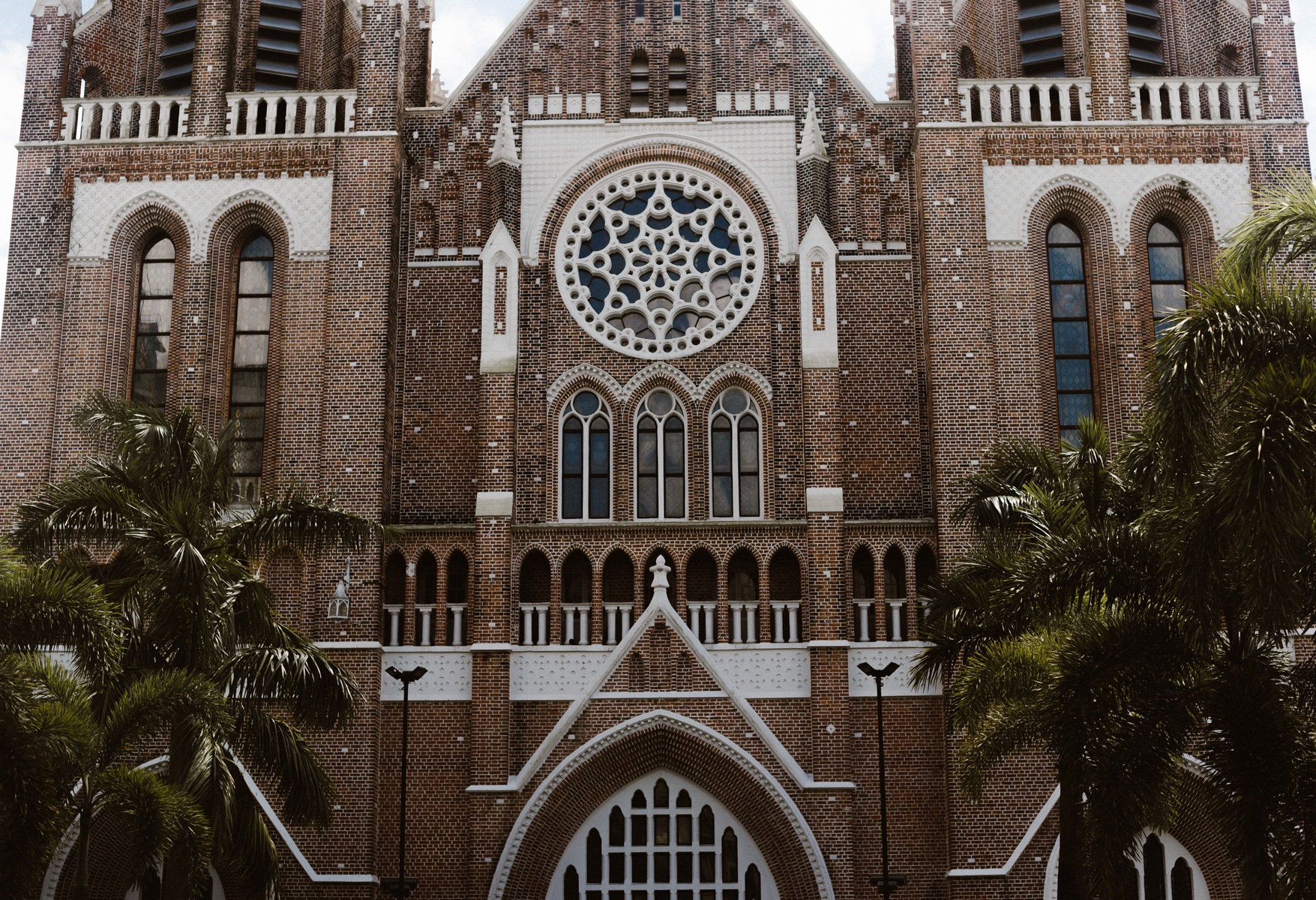
The Gloria Church is a stunning example of Gothic-style architecture, with its twin spires and pointed arches. Featured in films like Bombay (1995), the church is not only a spiritual space but also a heritage landmark reflecting Mumbai’s colonial Christian legacy.
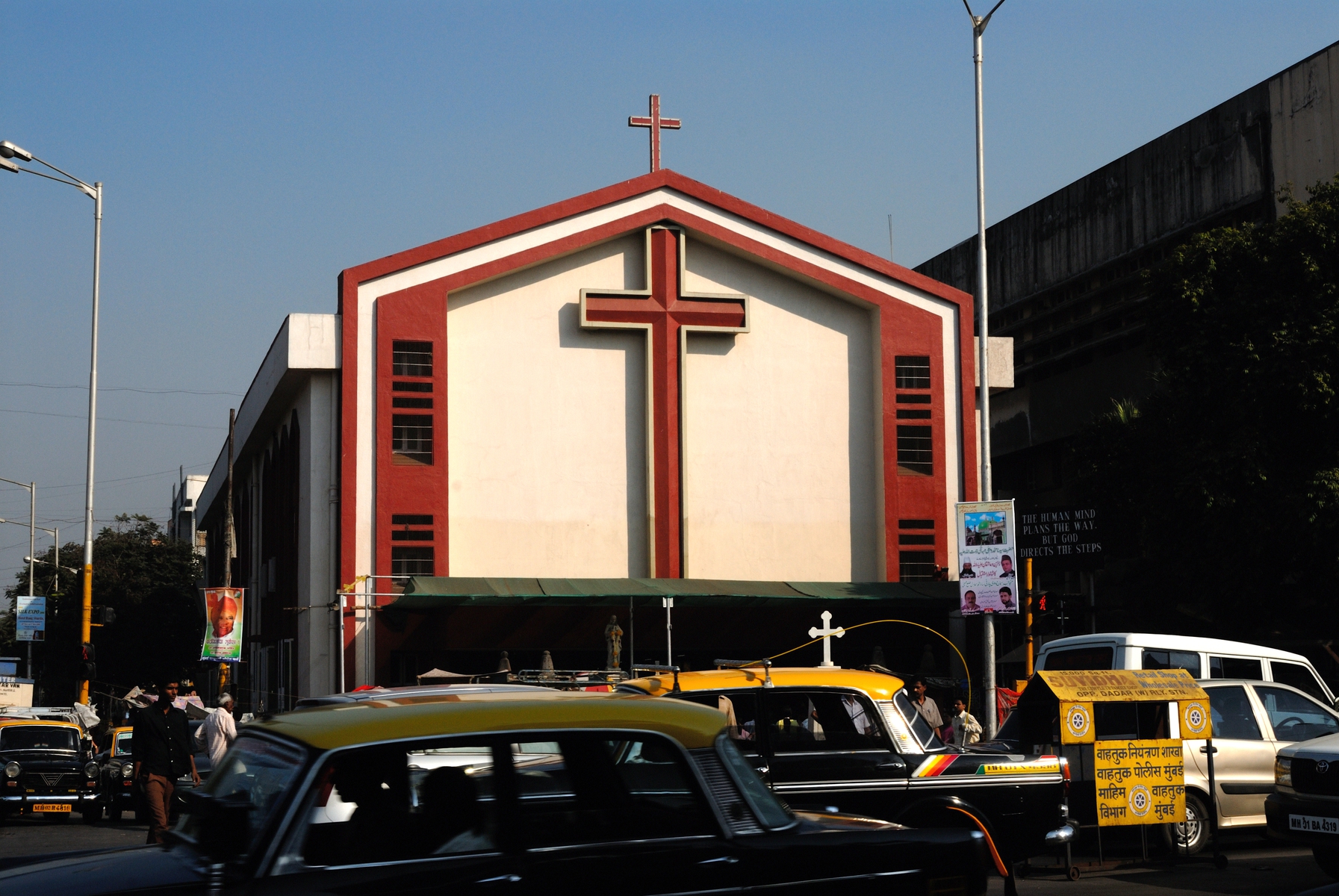
Among the oldest churches in Mumbai, St. Michael’s Church is especially famous for its miraculous Wednesdays. Built by Portuguese missionaries, it has survived centuries of change and remains a stronghold of community faith and historical significance.
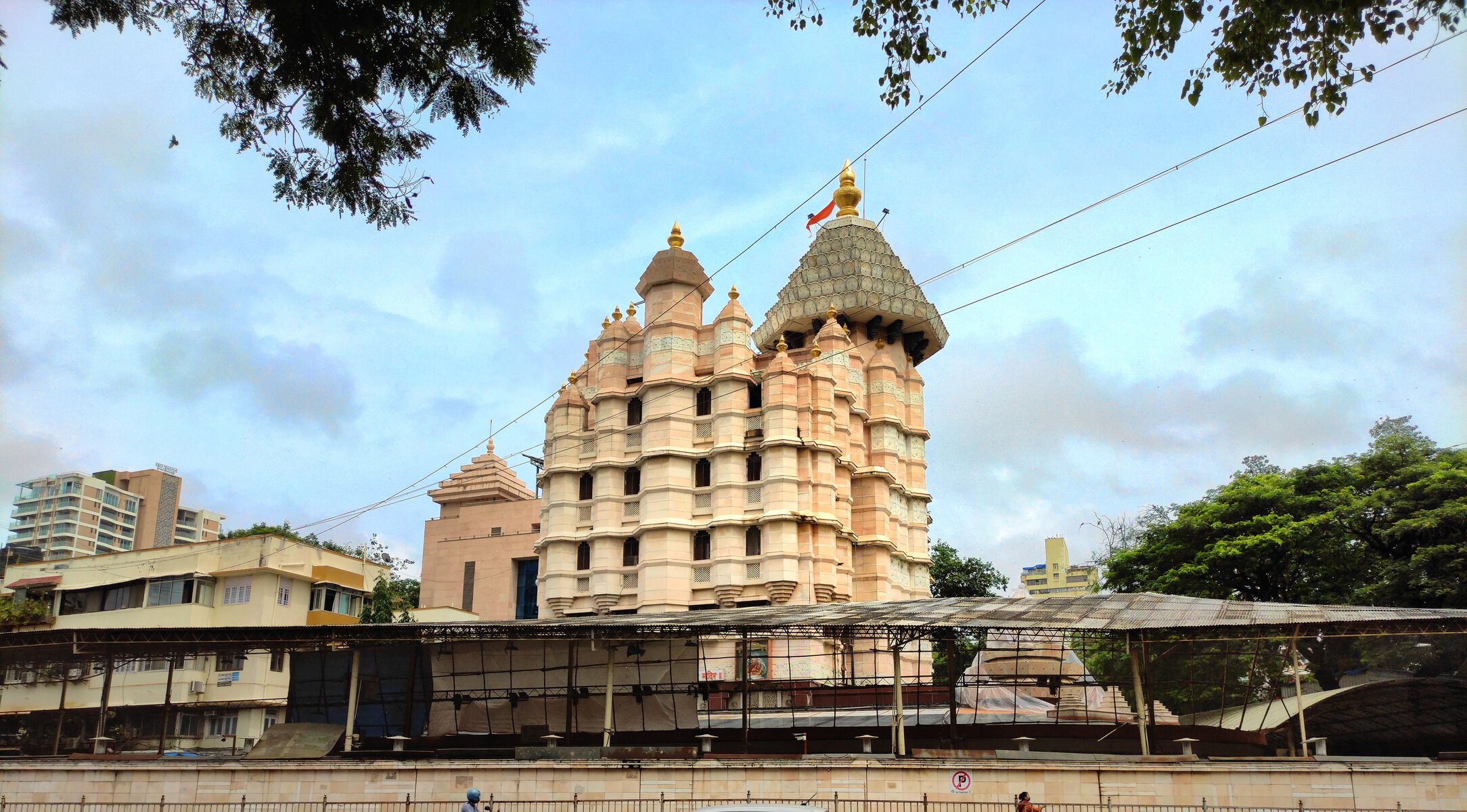
While primarily a place of worship, the Siddhivinayak Temple also holds cultural and historical relevance in Mumbai’s urban history. Built in the early 19th century, it has grown into one of the richest and most visited temples in the country. It reflects Mumbai’s devotion, spirit, and unity across generations.
Conclusion
From majestic colonial-era monuments to serene ancient caves, the historical places in Mumbai tell stories that span centuries. Whether you’re wandering through the old corridors of CST, admiring the stone carvings at Elephanta Caves, or discovering hidden gems like Banganga Tank and Gilbert Hill, Mumbai offers an unmatched blend of heritage and culture.
Each of these Mumbai monuments and heritage sites represents a unique chapter in the city's journey—from its Portuguese and British legacy to its indigenous spiritual roots. So this list of 30 historical places in Mumbai is your perfect guide to stepping back in time—right in the heart of India’s most vibrant metropolis.
Mahindra Holidays & Resorts India Ltd. (MHRIL), a part of Leisure and Hospitality sector of the Mahindra Group, offers quality family holidays primarily through vacation ownership memberships and brings to the industry values such as reliability, trust and customer satisfaction. Started in 1996, the company's flagship brand ‘Club Mahindra’, today has over 300,000 members , who can holiday at 140+ resorts in India and abroad.
We use cookies to personalise content and to provide you with an improved user experience.By Continuing to browse this site you consent to the use of cookies.Please visit our cookie policy for further details.

Welcome to ClubMahindra.com In order to provide a personalised experience for you, we use cookies to enable some website functionality. Cookies help us see which articles most interest you; allow you to easily share articles on social media channels; permit us to deliver content personalised to your interests and locations; along with many other site benefits. For more information, please review our Cookie Policy
When you visit any website, it may store or retrieve information on your browser, mostly in the form of cookies. This information might be about you, your preferences or your device and is mostly used to make the site work as you expect it to. The information does not usually directly identify you, but it can give you a more personalized web experience. Because we respect your right to privacy, you can choose not to allow some types of cookies. Click on the different category headings to find out more and change our default settings. However, blocking some types of cookies may impact your experience of the site and the services we are able to offer.
Because we respect your right to privacy, you can choose not to allow some types of cookies and you have the right to withdraw your consent by send a mail to email id [email protected]
These cookies are essential in order to enable you to move around the site and use its features, such as accessing secure areas of the site. Without these cookies, services you have asked for cannot be provided.
These cookies allow us to employ data analytics so we can measure and improve the performance of our site and provide more relevant content to you. These cookies don't collect information that identifies a visitor down to an individual level that is available to us. These cookies are not passing personally identifiable information to any external third party other than in limited cases when we engage a service provider to act on our behalf but who is then unable to use the data for their own purposes.
Performance cookies are generally third-party cookies from vendors we work with or who work on our behalf that collect information about your visit and use of the Club Mahindra website, for instance which pages you visit the most often, and if you get error messages from web pages. These cookies don't collect information that identifies a visitor. All information these cookies collect is anonymous and is only used to improve your overall experience on how the website works. Third party vendors may have access to this data and may use it to improve their overall services and offerings.
Functionality cookies allow a site to remember choices you make (such as your user name, language or the region you are in) and provide more enhanced, personal features. These cookies cannot track your browsing activity on other websites. They don't gather any information about you that could be used for advertising or remembering where you've been on the Internet outside our site.
Third-party advertising and social media cookies are used to (1) deliver advertisements more relevant to you and your interests; (2) limit the number of times you see an advertisement; (3) help measure the effectiveness of the advertising campaign; and (4) understand people's behaviour after they view an advertisement. They are usually placed on behalf of advertising networks with the site operator's permission. They remember that you have visited a site and quite often they will be linked to site functionality provided by the other organization. This may impact the content and messages you see on other websites you visit. If you do not allow these cookies you may not be able to use or see certain these sharing tools content on our website.